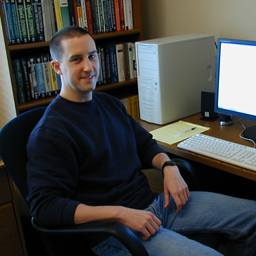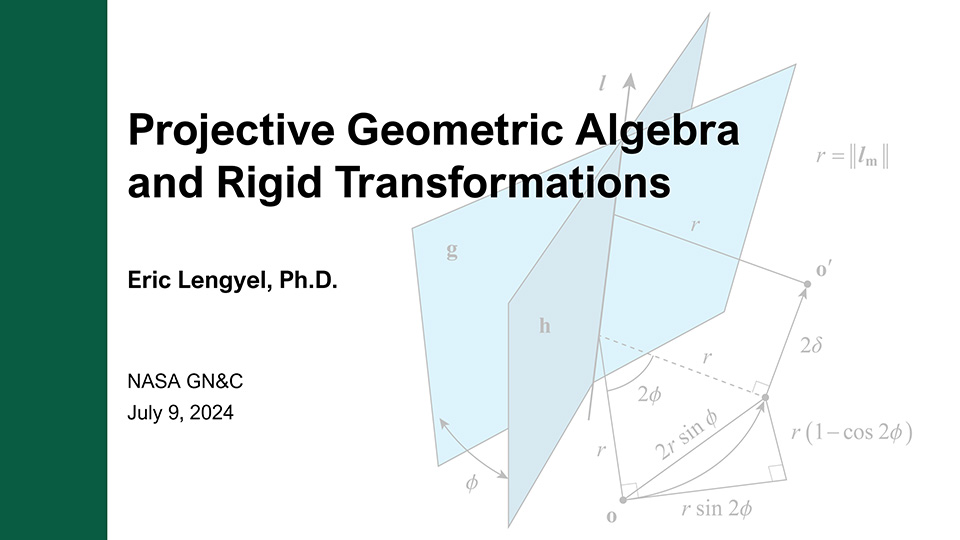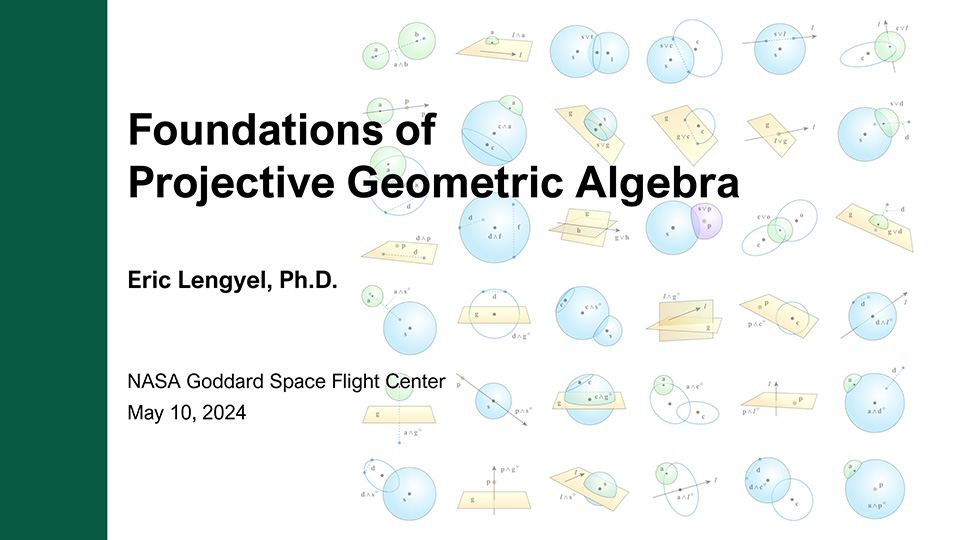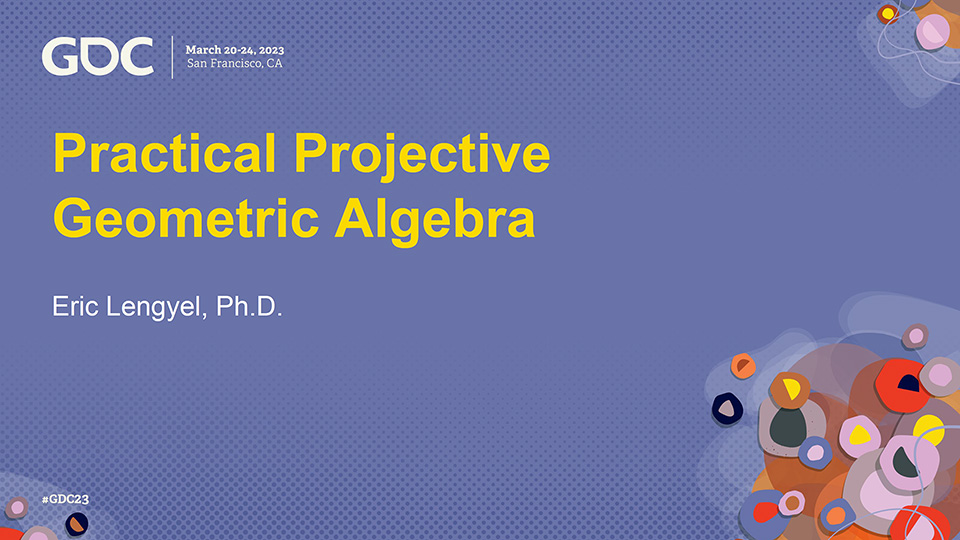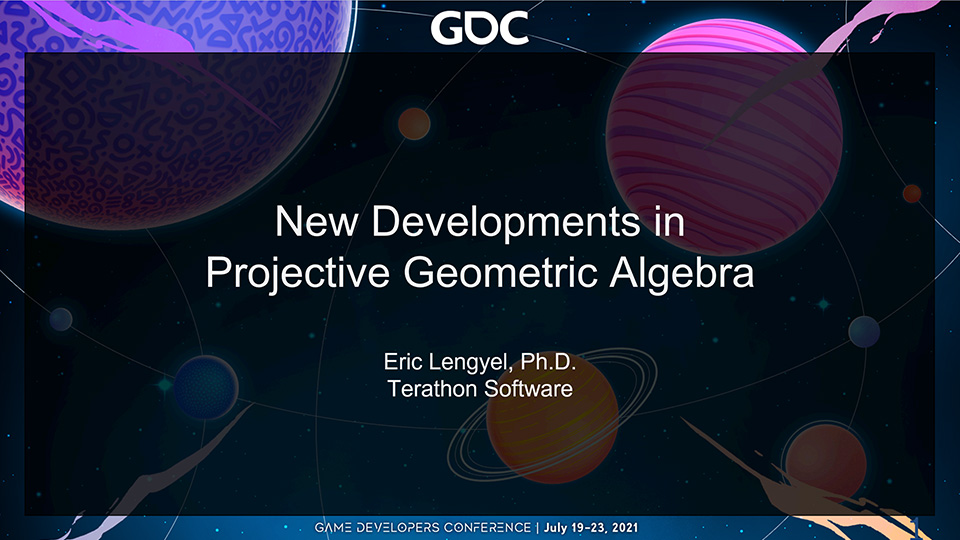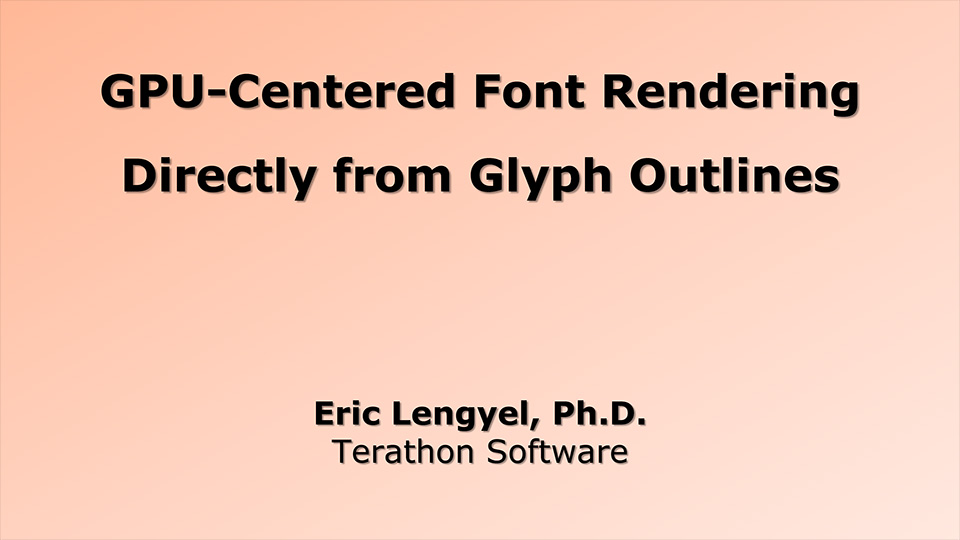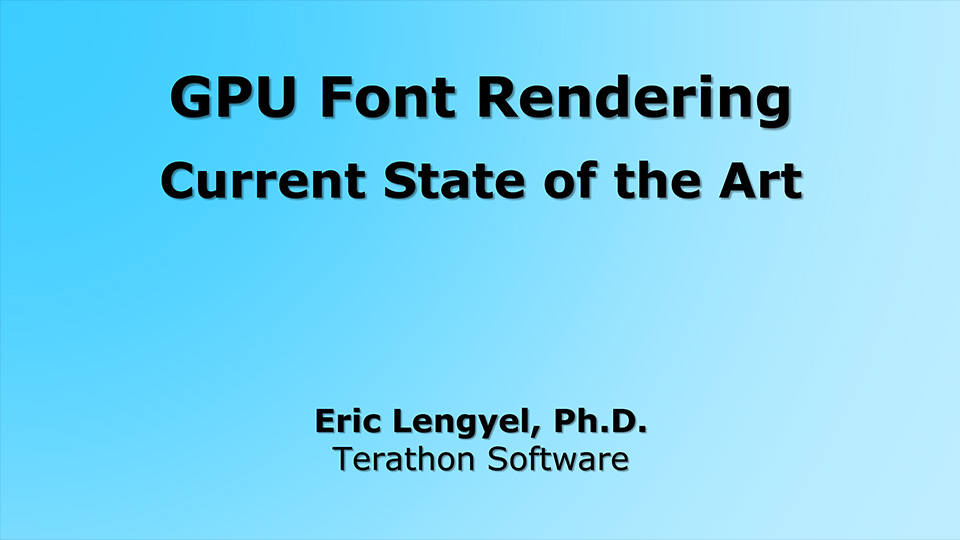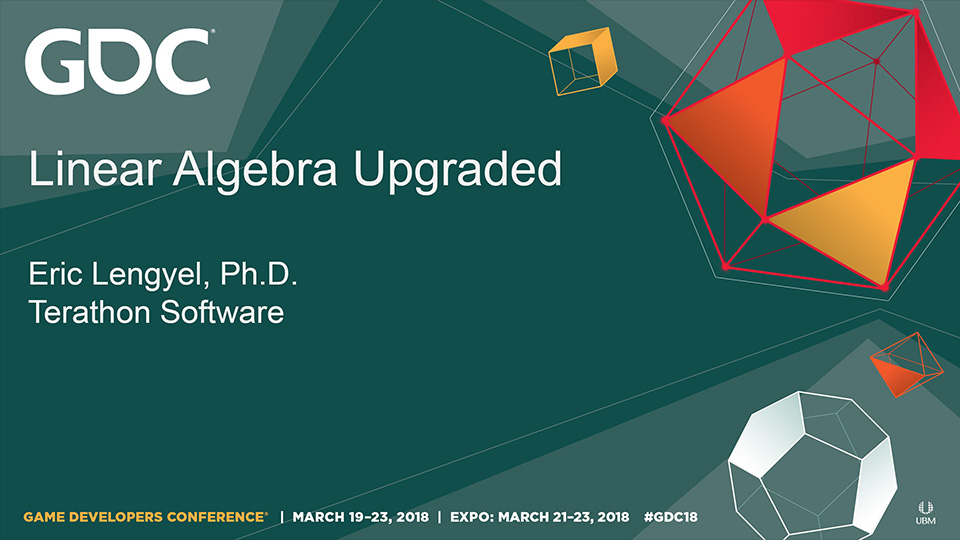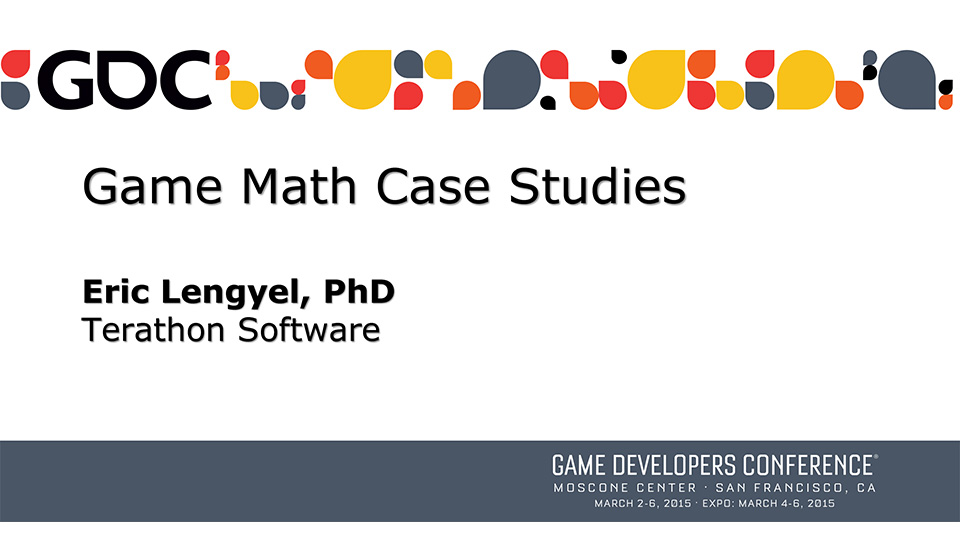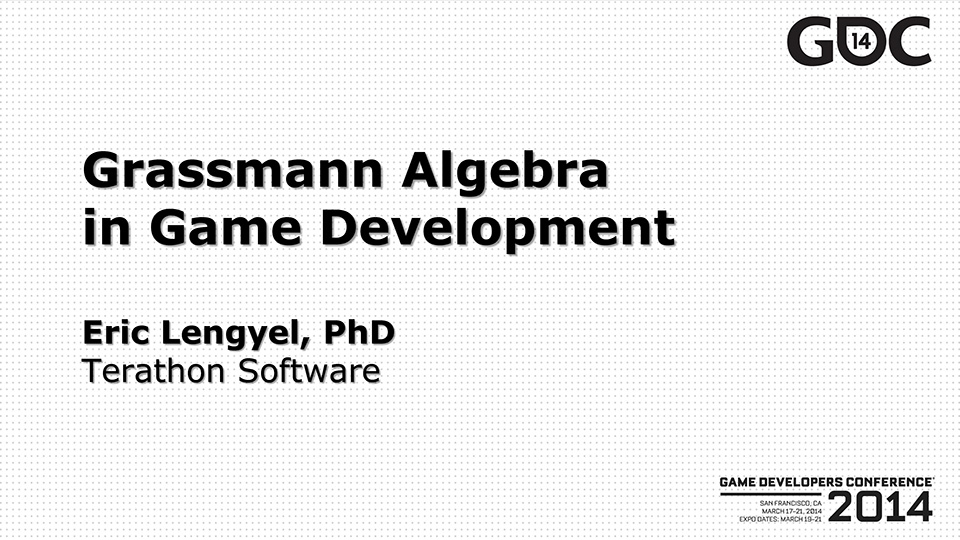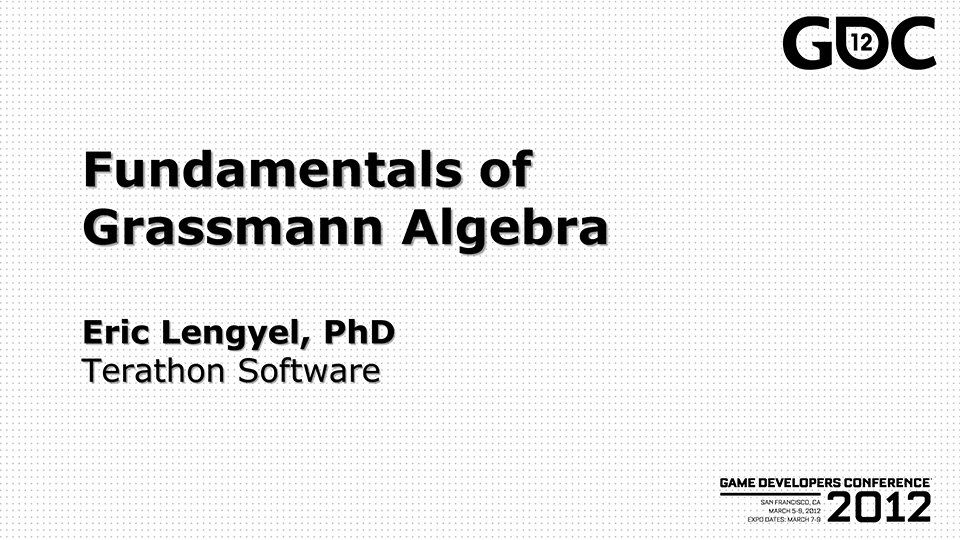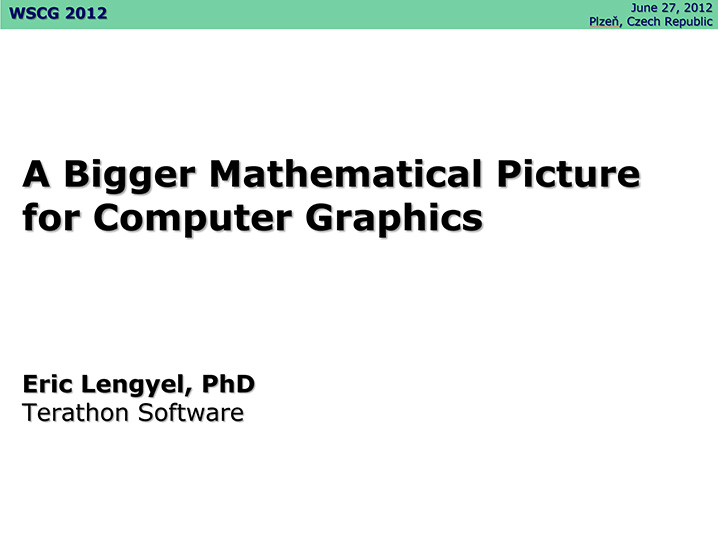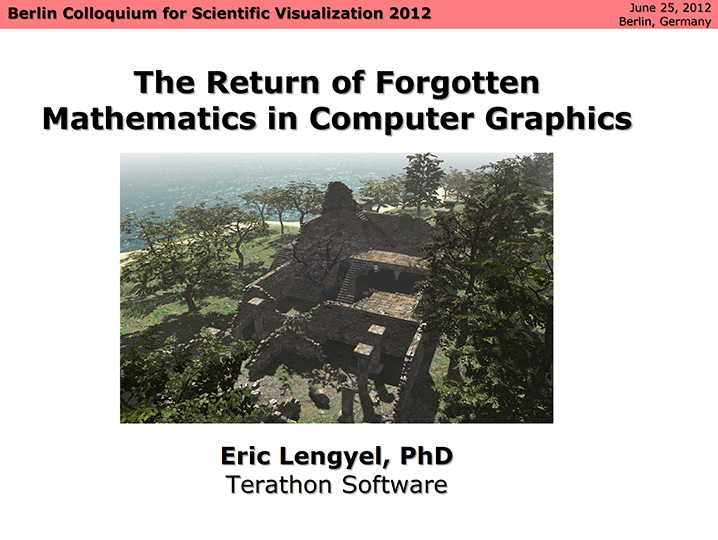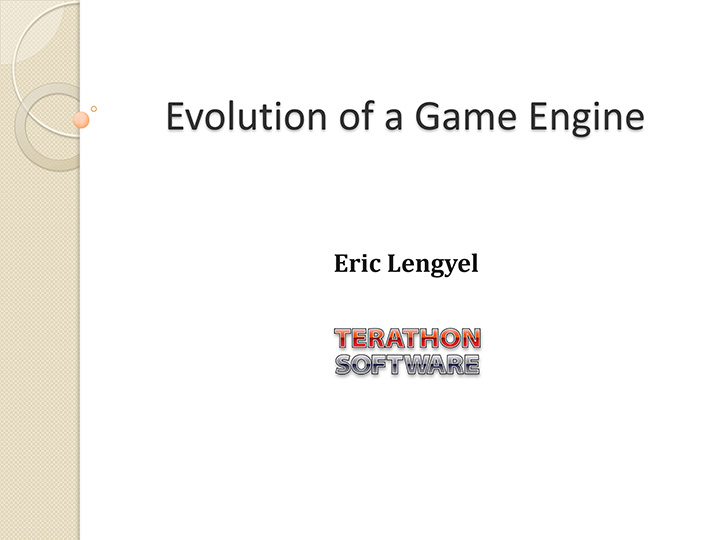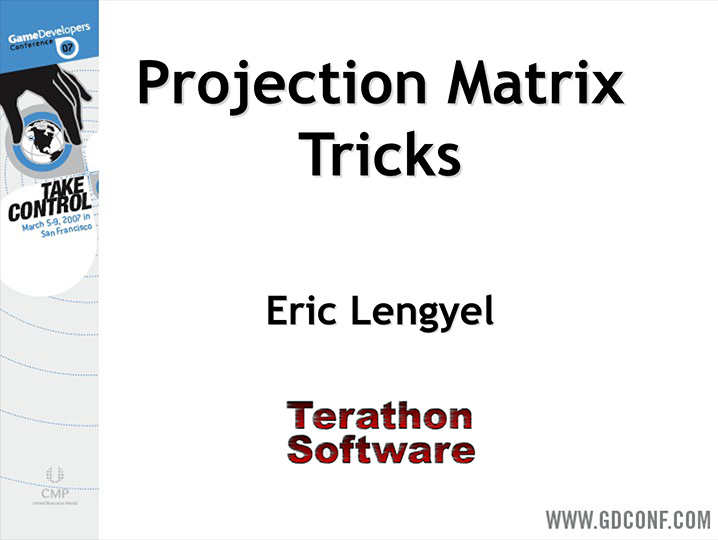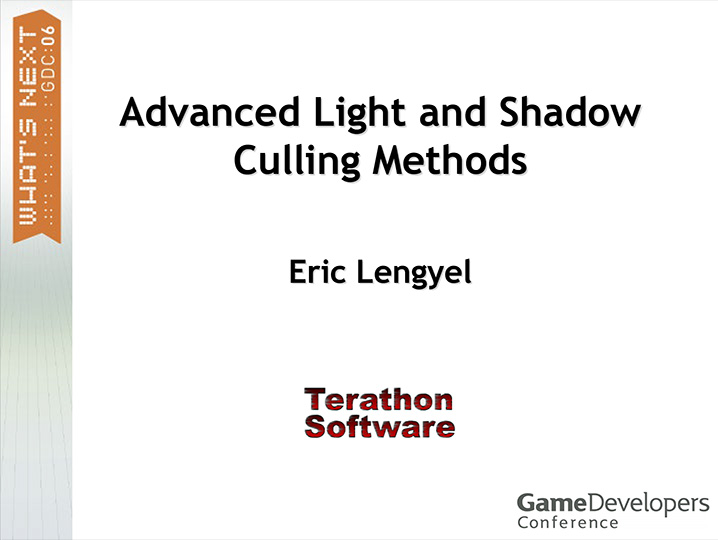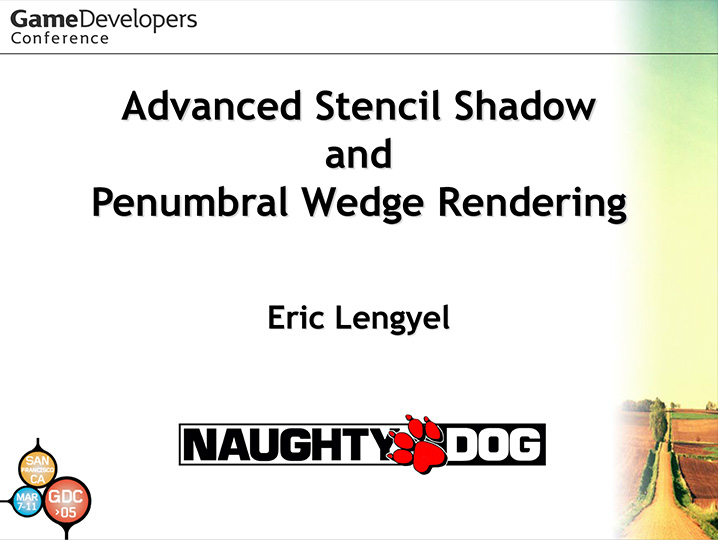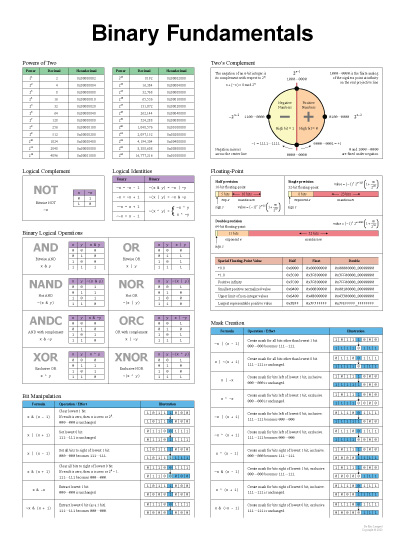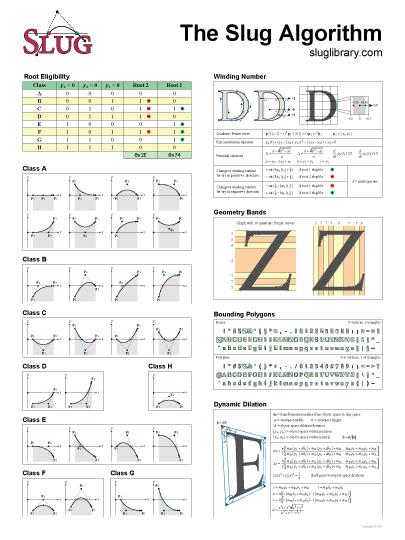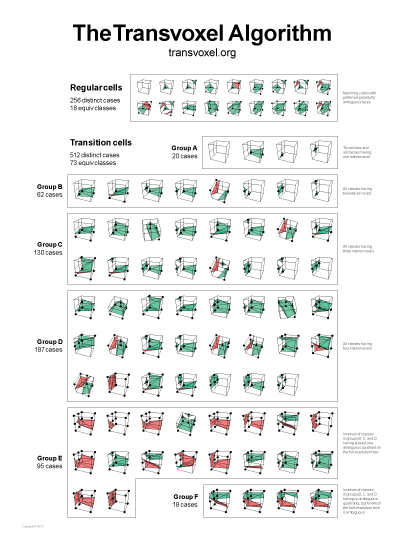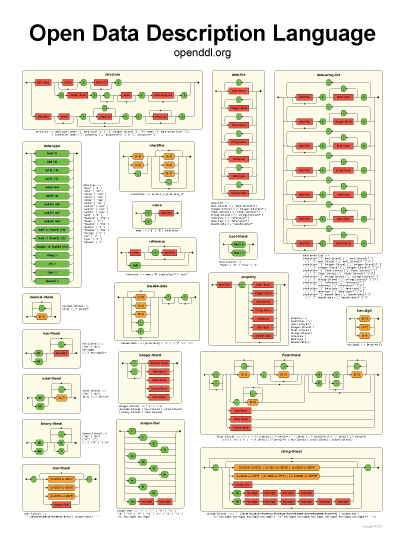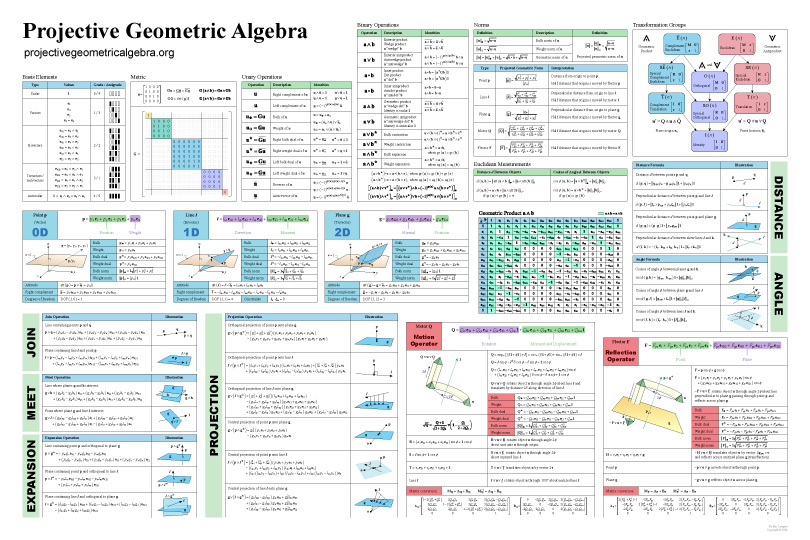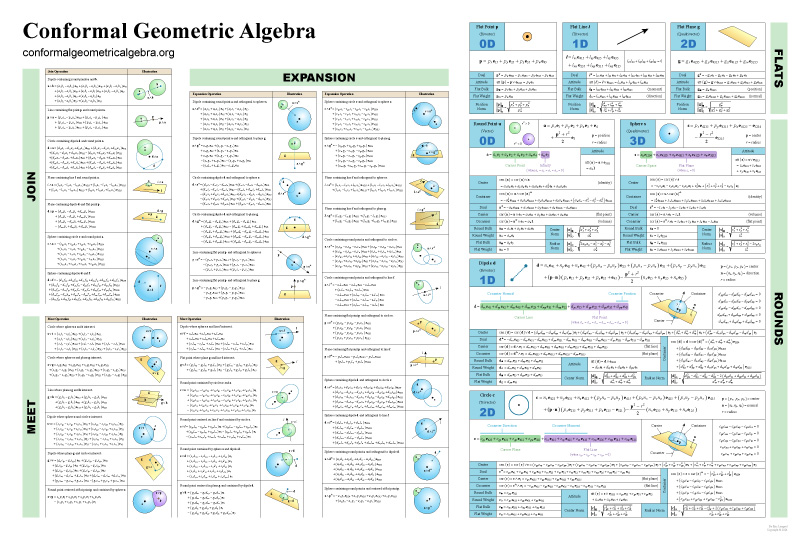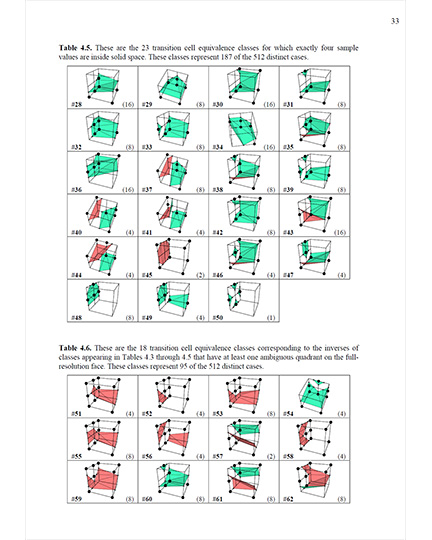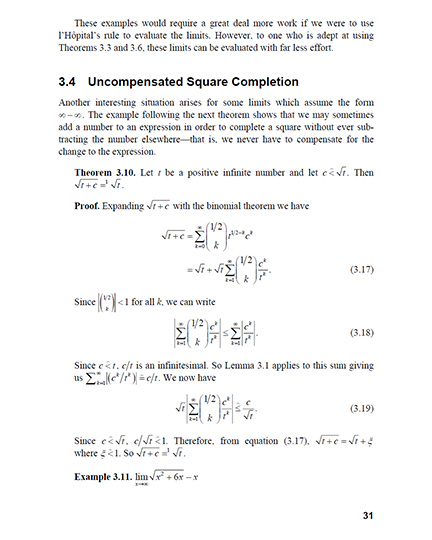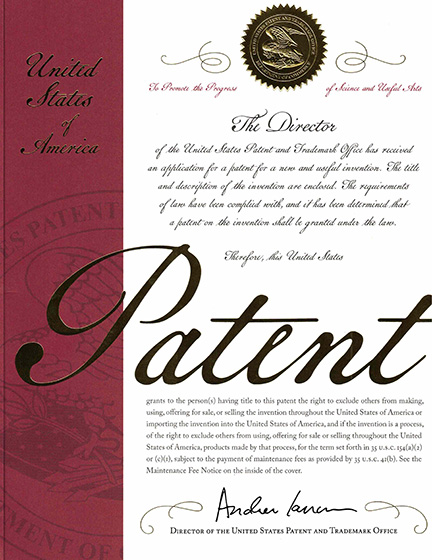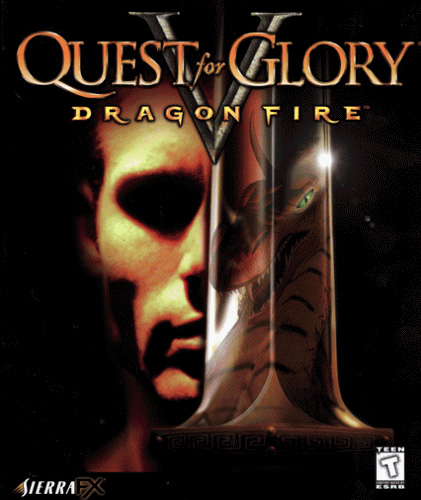Eric previously worked in the advanced technology group at Naughty Dog and the graphics and imaging department at Apple.
Before those, he was the lead programmer for the fifth installment of Sierra Studio’s popular RPG adventure series Quest for Glory.
When he’s not at his desk, Eric can usually be found running somewhere in the mountains of northern California.
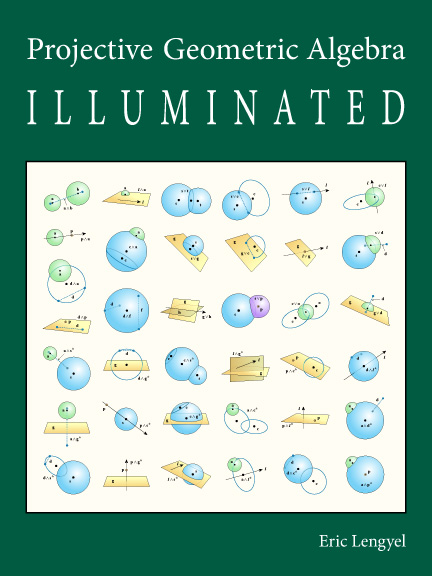 |
Projective Geometric Algebra Illuminated
Terathon Software, 2024
ISBN: 979-8985358254
projectivegeometricalgebra.org |
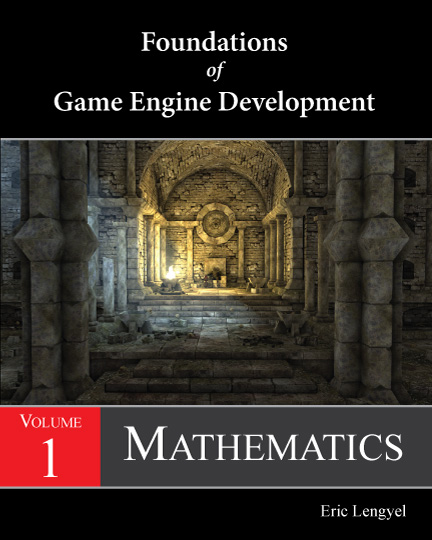 |
Foundations of Game Engine Development, Volume 1: Mathematics
Terathon Software, 2016
ISBN: 978-0985811747
foundationsofgameenginedev.com |
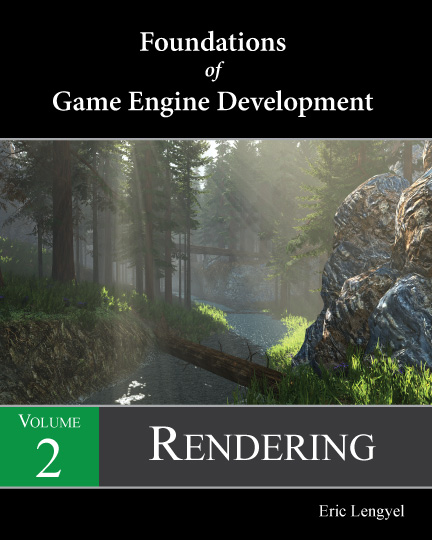 |
Foundations of Game Engine Development, Volume 2: Rendering
Terathon Software, 2019
ISBN: 978-0985811754
foundationsofgameenginedev.com |
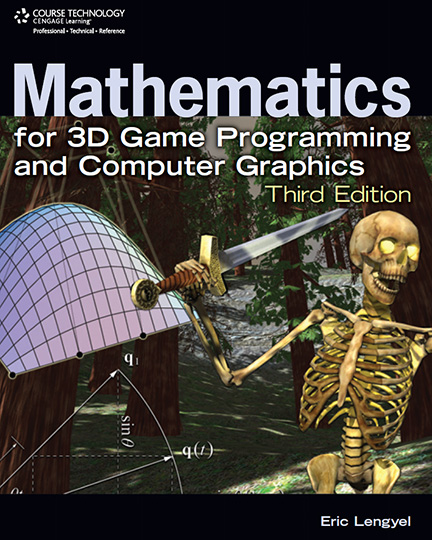 |
Mathematics for 3D Game Programming & Computer Graphics, Third Edition
Cengage Learning, 2011
ISBN: 978-1435458864
mathfor3dgameprogramming.com |
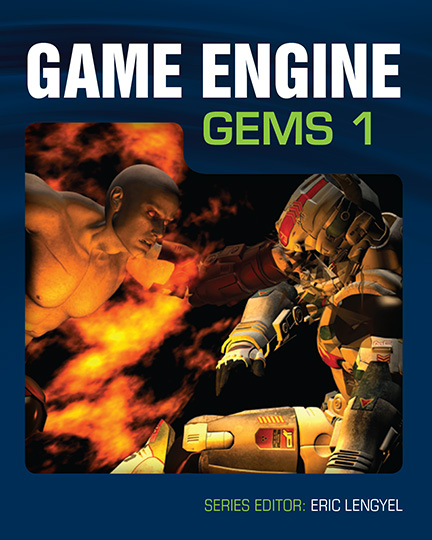 |
Game Engine Gems 1
Jones and Bartlett, 2010
ISBN: 978-0763778880
gameenginegems.com |
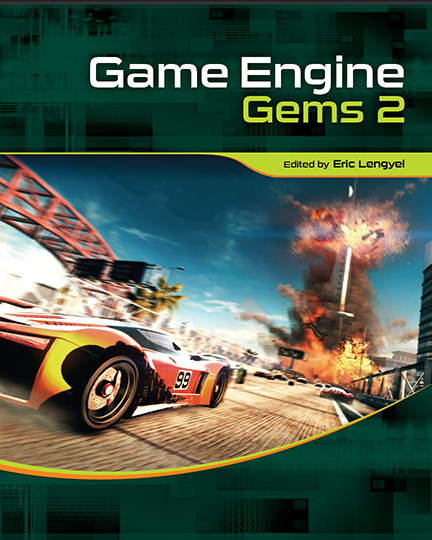 |
Game Engine Gems 2
A K Peters, 2011
ISBN: 978-1568814377
gameenginegems.com |
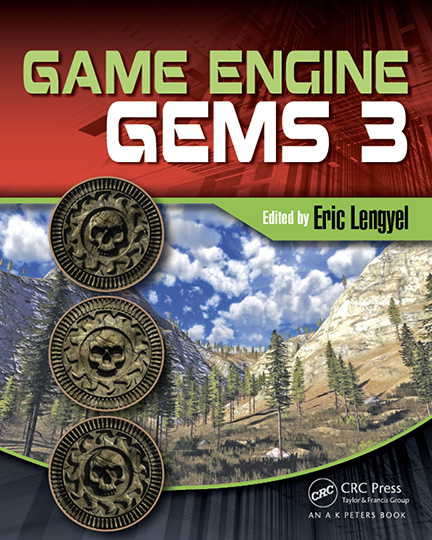 |
Game Engine Gems 3
A K Peters, 2016
ISBN: 978-1498755658
gameenginegems.com |
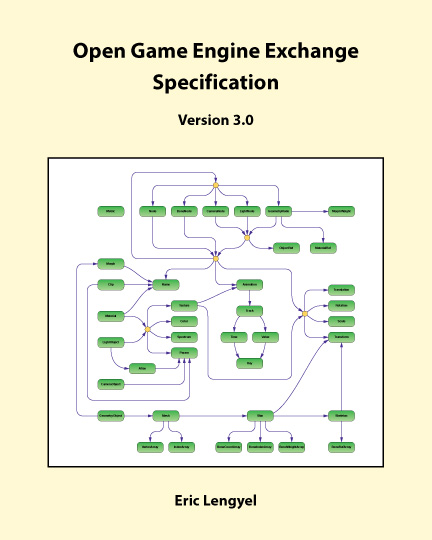 |
Open Game Engine Exchange Specification
Terathon Software, 2013, 2015, 2017, 2021
ISBN: 978-0985811785
opengex.org |
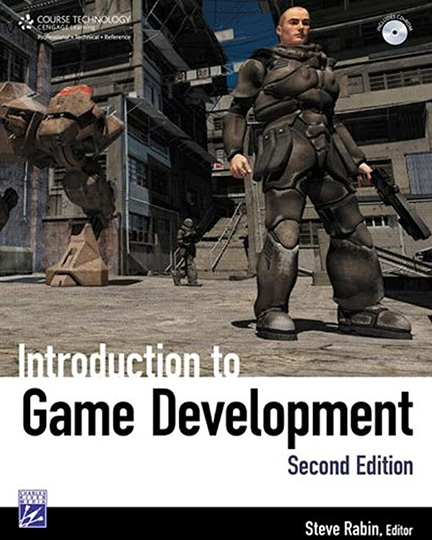 |
Mathematical Concepts
Introduction to Game Development, Second Edition
Cengage Learning, 2011
ISBN: 978-1584506799 |
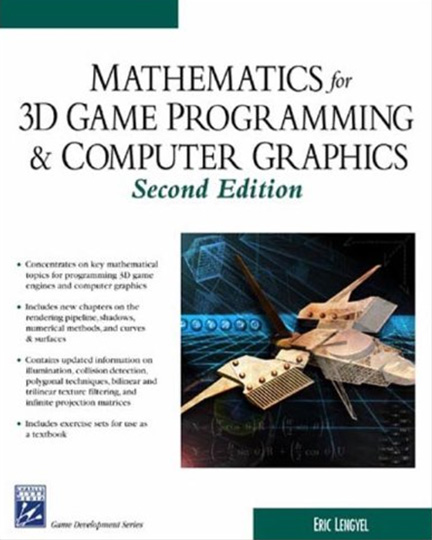 |
Mathematics for 3D Game Programming & Computer Graphics, Second Edition
Cengage Learning, 2003
ISBN: 978-1584502777
mathfor3dgameprogramming.com |
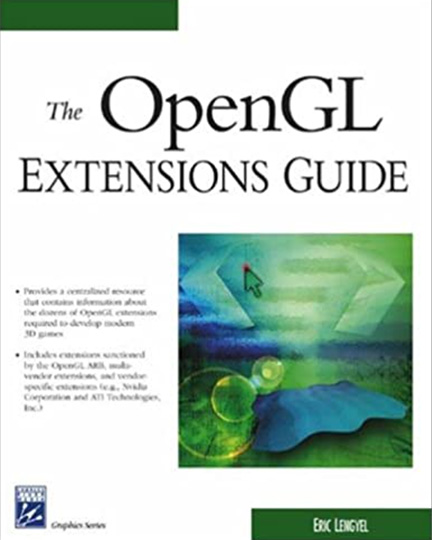 |
The OpenGL Extensions Guide
Charles River Media, 2003
ISBN: 978-1584502944 |
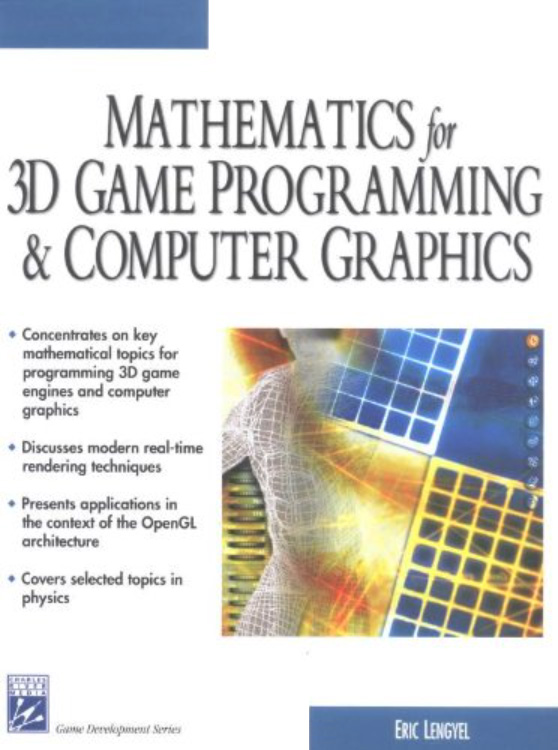 |
Mathematics for 3D Game Programming & Computer Graphics
Cengage Learning, 2001
ISBN: 978-1584500377
mathfor3dgameprogramming.com |
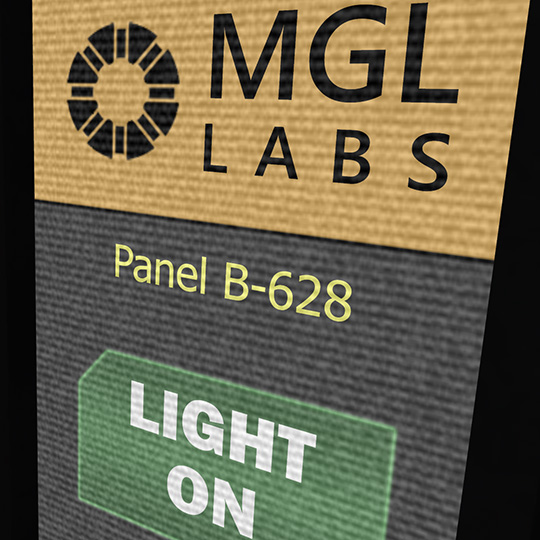 |
GPU-Centered Font Rendering Directly from Glyph Outlines
Journal of Computer Graphics Techniques
Vol. 6, No. 2
Eric Lengyel, 2017
sluglibrary.com |
 |
The Open Game Engine Exchange Format
Game Engine Gems 3
Eric Lengyel, 2016
gameenginegems.com |
 |
Fog with a Linear Density Function
Game Engine Gems 3
Eric Lengyel, 2016
gameenginegems.com |
 |
Smooth Horizon Mapping
Game Engine Gems 3
Eric Lengyel, 2016
gameenginegems.com |
 |
A Jitter-Tolerant Rigid Body Sleep Condition
Game Engine Gems 2
Eric Lengyel, 2011
gameenginegems.com |
 |
Bit Hacks for Games
Game Engine Gems 2
Eric Lengyel, 2011
gameenginegems.com |
 |
Motion Blur and the Velocity-Depth-Gradient Buffer
Game Engine Gems 1
Eric Lengyel, 2010
gameenginegems.com |
 |
Moments of Inertia for Common Shapes
Game Engine Gems 1
Eric Lengyel, 2010
gameenginegems.com |
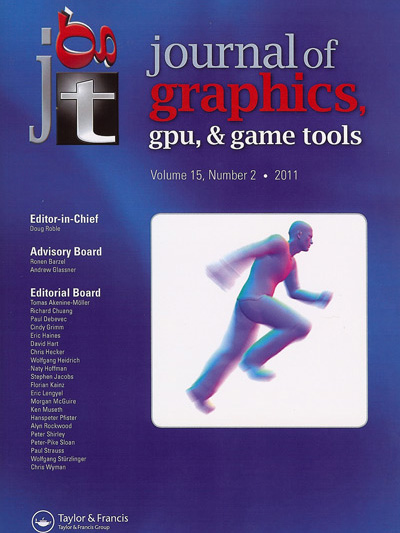 |
Transition Cells for Dynamic Multiresolution Marching Cubes
Journal of Graphics, GPU, and Game Tools
Vol. 15, No. 2
Eric Lengyel, 2010
transvoxel.org |
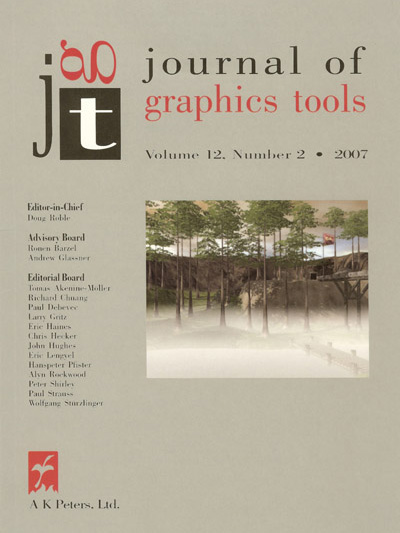 |
Unified Distance Formulas for Halfspace Fog
Journal of Graphics Tools
Vol. 12, No. 2
Eric Lengyel, 2007 |
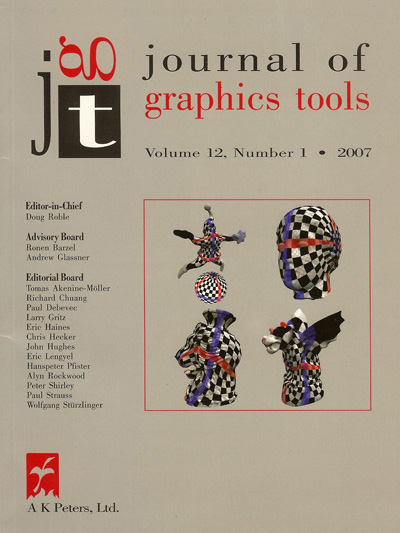 |
On Faster Sphere-Box Overlap Testing
Journal of Graphics Tools
Vol. 12, No. 1
Thomas Larsson, Tomas Akenine-Möller, and Eric Lengyel, 2007 |
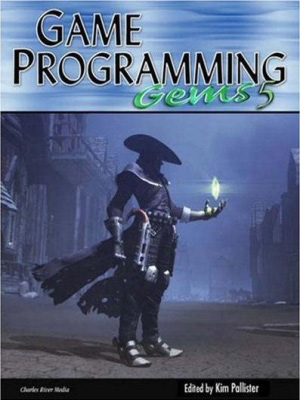 |
Oblique View Frustums for Mirrors and Portals
Game Programming Gems 5
Eric Lengyel, 2005 |
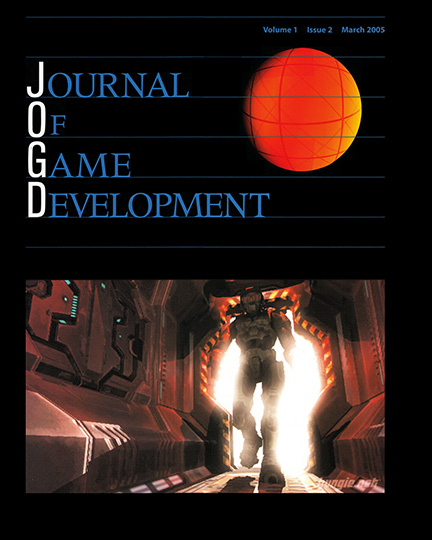 |
Oblique Depth Projection and View Frustum Clipping
Journal of Game Development
Vol. 1, No. 2
Eric Lengyel, 2005 |
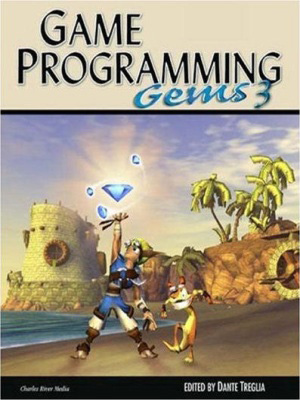 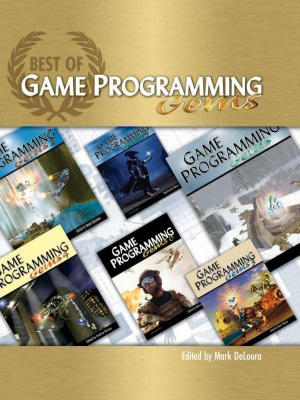 |
T-Junction Elimination and Retriangulation
Game Programming Gems 3
Best of Game Programming Gems
Eric Lengyel, 2002 |
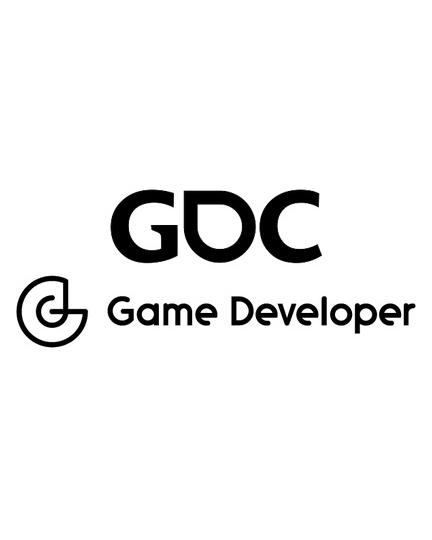 |
The Mechanics of Robust Stencil Shadows
Game Developer
Eric Lengyel, 2002 |
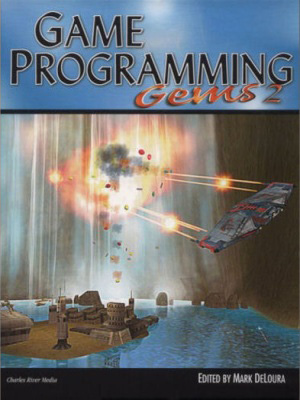 |
Applying Decals to Arbitrary Surfaces
Game Programming Gems 2
Eric Lengyel, 2001 |
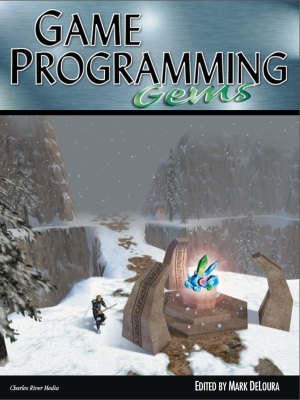 |
Tweaking a Vertex’s Projected Depth Value
Game Programming Gems
Eric Lengyel, 2000 |
 |
A Fast Cylinder-Frustum Intersection Test
Game Programming Gems
Eric Lengyel, 2000 |
 |
Simultaneous Cross-Platform Game Development
Game Developer
Eric Lengyel, 2000 |
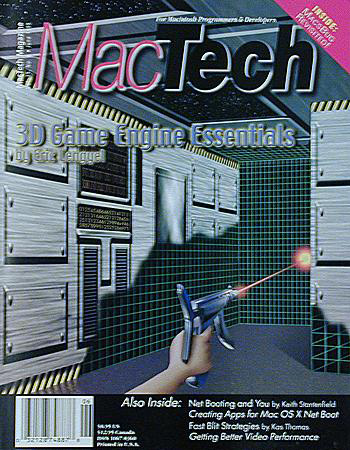 |
3D Graphics Engine Essentials
MacTech Magazine
Vol. 15, No. 6
Eric Lengyel, 1999 |












